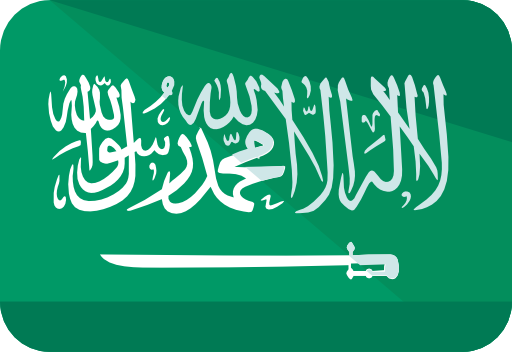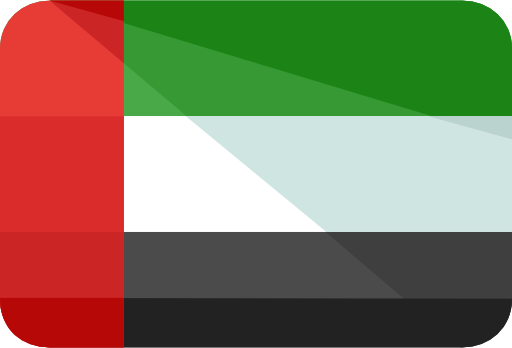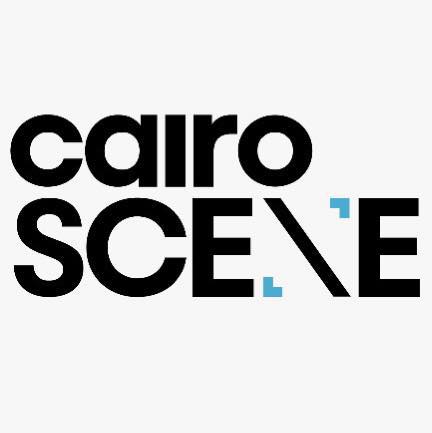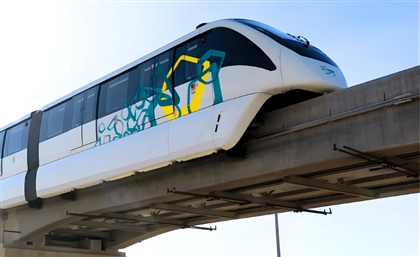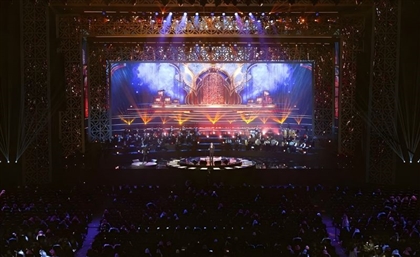Mapping the City of Arts & Culture in the New Capital
A closer look at some of the museums, theatres, and gardens shaping the New Capital’s City of Arts & Culture.
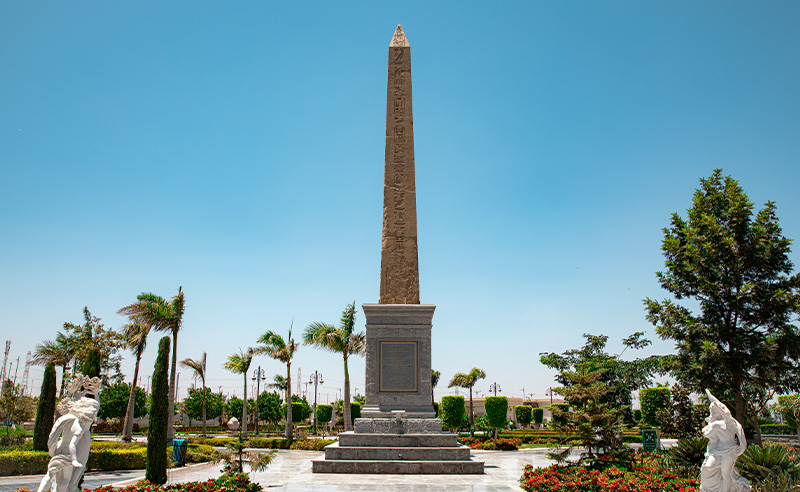
In Egypt’s New Capital, culture has been given its own district. The City of Arts & Culture is one of the new city’s defining landmarks, a cluster of institutions, theatres, and gardens arranged with the precision of a civic blueprint.
The city is divided into three zones. In the north, history and visual memory dominate: the Capital Museum, the Museum of Visual Arts, and the Museum of Currencies stand side by side, with a ballet training hall nearby, a reminder that choreography belongs as much to a nation’s record as coins and paintings.
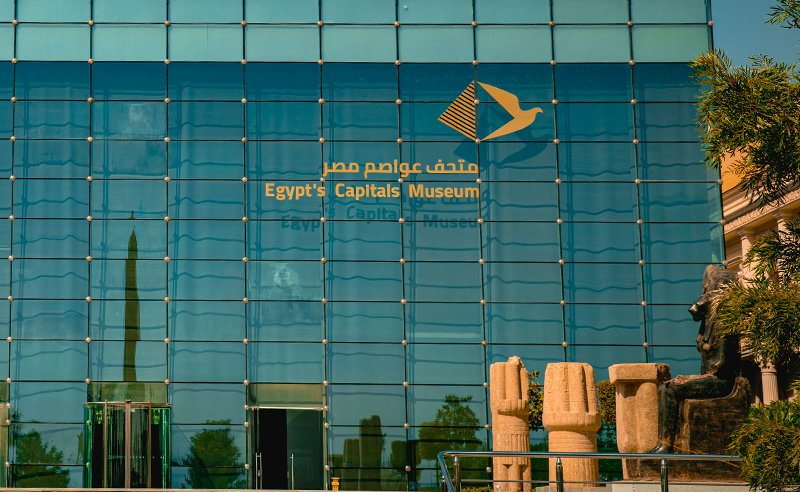
The southern section turns the focus toward reading and documentation. The Capital Library provides a space for study, while the Documentary Cinema extends the archive into moving image, framing knowledge as something both stored and projected.
At the centre is performance. The Open-Air Theatre, with its exposed stage, and the Center for Artistic Creativity, designed for rehearsal and experimentation, anchor the city’s role as a site for production as much as display.
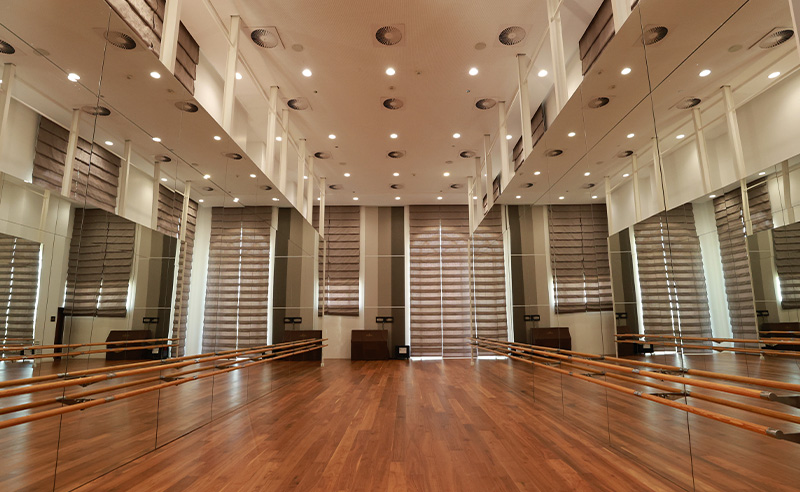
Between these structures runs a kilometer of planted forest: fruit-bearing trees, rare flowering plants, paths, and seating cut through the district. The landscaping is not ornamental but connective, giving visitors a route that ties the museums, libraries, and theatres into one continuous experience.
The infrastructure moves beyond what can be visited. Recording studios, music classrooms, rehearsal halls, and artist accommodations are built into the city’s design, placing support for makers alongside spaces for audiences. Here, creativity is treated as both process and product.
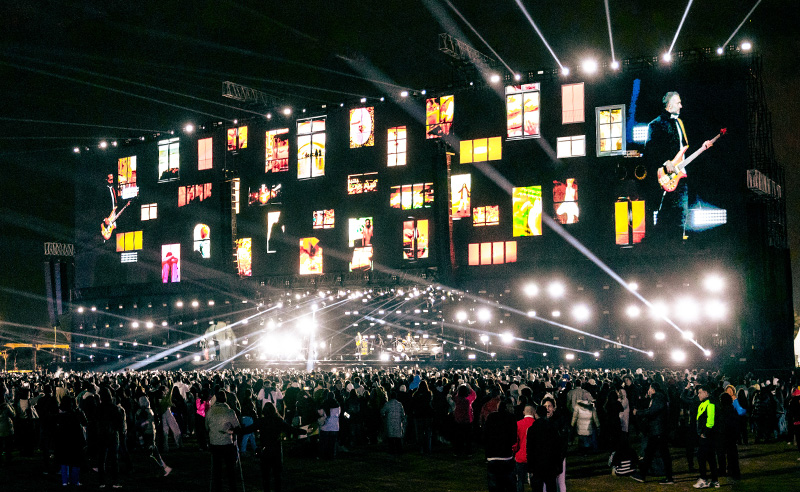
More spaces and venues are on the way, set to join the New Capital’s expanding City of Arts and Culture.
- Previous Article At Cairo Food Week, King’s Feast Turns Dinner into Theatre
- Next Article Six Unexpected Natural Wonders to Explore in Egypt
Trending This Week
-
Dec 16, 2025


